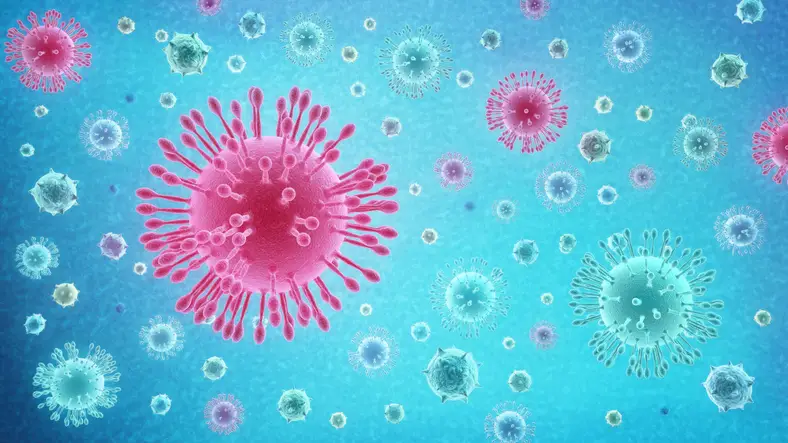The rapid spread of the coronavirus now called COVID-19 has sparked alarm worldwide. The World Health Organization (WHO) has declared a global health emergency, and many countries are grappling with a rise in confirmed cases. In the US, the Centers for Disease Control and Prevention (CDC) is advising people to be prepared for disruptions to daily life that will be necessary if the coronavirus spreads within communities.
Below, we’re responding to a number of questions about COVID-19 raised by Harvard Health Blog readers. We hope to add further questions and update answers as reliable information becomes available.
Does the coronavirus spread person-to-person?
What is the incubation period for the coronavirus?
What are the symptoms of the new coronavirus?
Can people who are asymptomatic spread coronavirus?
Can the coronavirus live on fabric, carpet, and other soft surfaces? What about hard surfaces?
Should I wear a face mask to protect against coronavirus? Should my children?
Should someone who is immunocompromised wear a face mask?
Should I accept packages from China?
Can I catch the coronavirus by eating food prepared by others?
Should I travel on a plane with my children?
Is there a vaccine available for coronavirus?
Is there a treatment available for the new coronavirus?
How is this new coronavirus confirmed?
How deadly is this coronavirus?
What should people do if they think they have coronavirus or their child does? Go to an urgent care clinic? Go to the ER?
Can people who recover from the coronavirus still be carriers and therefore spread it?
Does the coronavirus spread person-to-person?
Yes, the virus can spread from one person to another, most likely through droplets of saliva or mucus carried in the air for up to six feet or so when an infected person coughs or sneezes, or through viral particles transferred when shaking hands or sharing a drink with someone who has the virus.
Often it’s obvious if a person is ill, but there have been some cases where people who did not yet feel sick had the virus and could spread it.
Basic steps for avoiding flu and other infections — including steps for handwashing shown in this video — are likely to help stop the spread of this virus. The CDC has a helpful list of preventive steps.
Quarantines and travel restrictions now in place in many counties, including the US, are also intended to help break the chain of transmission. Public health authorities like the CDC may recommend other approaches for people who may have been exposed to the virus, including isolation at home and symptom monitoring for a period of time (usually 14 days), depending on level of risk for exposure. The CDC has guidelines for people who have the virus to help with recovery and prevent others from getting sick.






